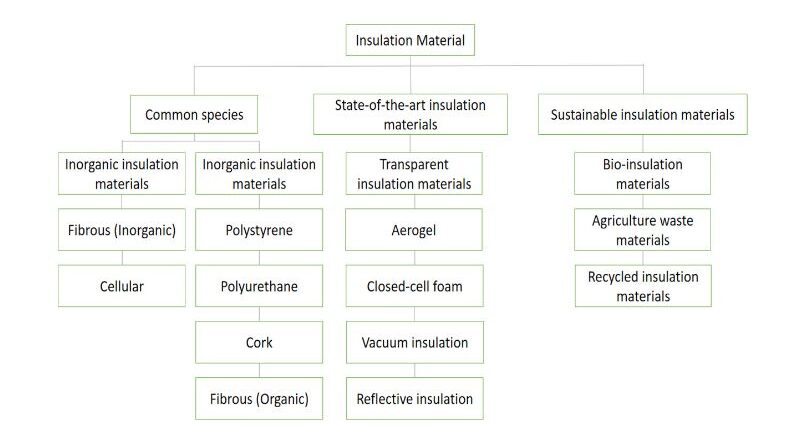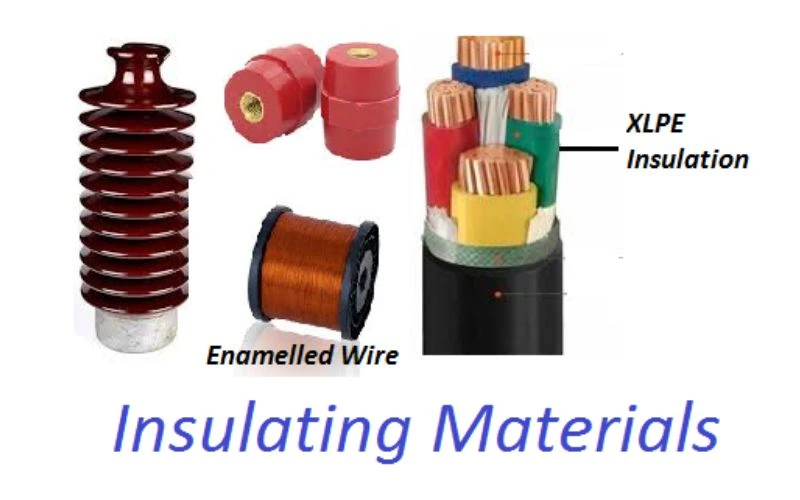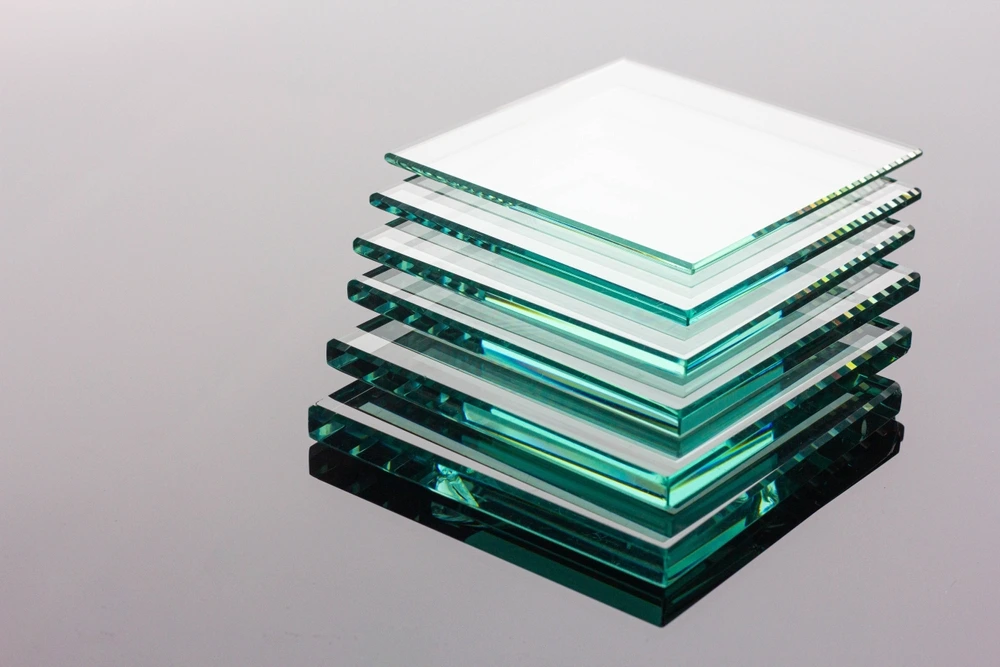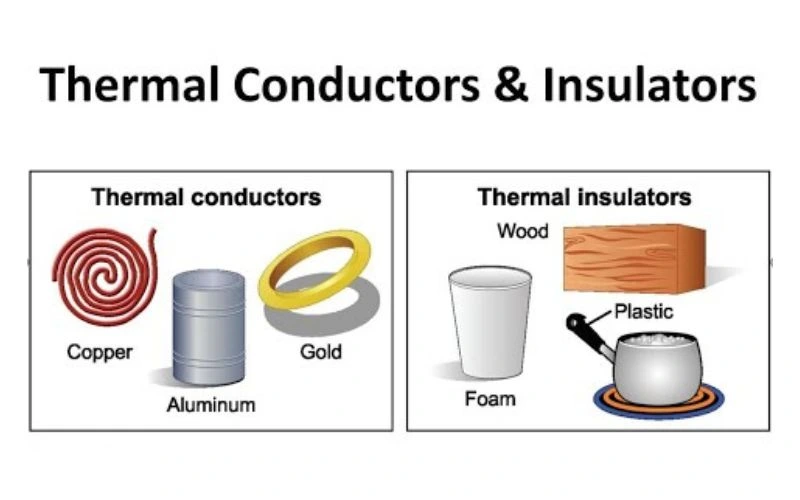
Insulating materials are essential in countless industries, from electrical engineering to construction. These materials are designed to prevent the flow of electricity, heat or sound, ensuring safety, efficiency and comfort in a variety of applications. The classification of insulating materials is essential for understanding their properties, characteristics and appropriate use. By categorizing insulation materials based on their composition, structure and performance, engineers and scientists can make informed decisions when selecting the most appropriate material for a specific application. This classification system allows us to navigate the wide range of general insulation materials and enables effective design, innovation and progress across diverse industries.
Insulation material class classification

Insulating materials are divided into categories based on temperature, identified by grades such as “A”, “B”, “C”, “E”, “F” and “H”. These grades indicate the temperature resistance of materials and help engineers select appropriate insulation materials for specific applications.
Class “A” insulation material
Class “B” insulation material
Class “C” insulation material
Class “E” insulation material
Class “F” insulation material
With rapid advancement in materials technology, new insulation materials are now available, such as Class “F” insulation systems with correspondingly higher hotspot temperature resistance, which can replace traditional Class “B” materials, providing a significant improvement in the Kw/Kg ratio. This means reducing the size of machines and thus reducing the consumption of valuable active materials such as copper and steel sheet. Class “F” insulation materials have a hotspot resistance of 150 Ó C
Benefits of Using a Class F Insulation System
- Excellent loss factor
- Longer machine life
- Better chemical resistance
- Greater flame resistance
- Insensitive to moisture and humidity
- Reduction of insulation thickness
- Better heat transfer in the winding coil
- Better radiation resistance.
Class “H” insulation material
Composition-based classification
Composition-based classification categorizes insulation materials based on their chemical composition. These include organic insulating materials made from compounds such as rubber and plastic, as well as inorganic insulating materials made from ceramics, glass and mineral compounds.
Organic insulators
These materials are derived from organic compounds such as rubber, plastics (e.g. PVC, polyethylene) and synthetic polymers (e.g. epoxy, silicone). They offer good electrical insulation properties and are often used in cables, wires and electrical devices.
Inorganic insulators

These materials consist of inorganic substances such as ceramics, glass and mineral compounds (e.g. mica, asbestos). Inorganic insulators offer excellent heat resistance and are widely used in high-temperature applications such as furnace linings, insulation panels, and fireproof coatings.
Classification based on electrical properties
Classification based on electrical properties categorizes insulating materials based on their electrical conductivity. A distinction is made between conductors, which facilitate the flow of electrical current, and insulators, which have high electrical resistance and hinder the flow of current.
Drivers
Materials with high electrical conductivity, such as copper and aluminum, are not typically used as insulators. However, in some applications, conductive coatings or shields are used to manage electromagnetic interference (EMI) or provide electrostatic discharge (ESD) protection.
Insulators
These materials have high electrical resistance and prevent the flow of electricity. Insulators are also categorized based on their dielectric strength, which determines their ability to withstand high voltage without breakdown.
Classification based on thermal properties

Thermal property-based classification categorizes insulating materials based on their ability to resist heat transfer. A distinction is made between thermal insulators with low thermal conductivity and heat conductors with high thermal conductivity.
Thermal insulators
These materials have low thermal conductivity and make heat transfer difficult. Examples include fiberglass, mineral wool, and foam insulation. They are used in buildings, refrigeration systems and thermal packaging.
heat conductor
Materials with high thermal conductivity, such as metals and some ceramics, allow efficient heat transfer. They are used in heat sinks, thermal interfaces, and other applications where heat dissipation is desired.
Application-specific classification
The application-specific classification of insulating materials categorizes them according to their intended use, taking into account specific requirements such as electrical, thermal or acoustic properties. This classification ensures that selected materials meet the unique requirements of different applications, optimizing performance and reliability.
Electrical applications
Insulating materials are selected for their dielectric strength and ability to withstand high voltages in electrical applications. Examples of this include the insulation of cables, transformers and electronic components, where electrical resistance and insulation thickness are crucial factors.
Thermal applications
In thermal applications, insulating materials are selected for their ability to resist heat transfer. Thermal insulators such as fiberglass and mineral wool are used in construction, refrigeration systems and thermal packaging where it is critical to minimize heat loss or gain.
Acoustic applications
Materials with sound-absorbing properties are used for sound insulation. These isolators dampen sound vibrations and reduce noise transmission in buildings, vehicle interiors and industrial environments, contributing to a quieter and more comfortable living or working space.
Conclusion
In summary, the classification of insulation materials plays a crucial role in various industries as it provides a systematic framework for understanding their properties and selecting the most suitable materials for specific applications. Ratings based on composition, electrical properties, thermal properties, and application-specific ratings provide valuable information about the variety of insulation materials available. As technology advances, newer materials, such as Class “F” insulation systems, demonstrate better performance and contribute to greater efficiency, safety and sustainability in industrial processes. Engineers and scientists armed with this knowledge can continue to innovate and design cutting-edge solutions, ensuring the continued advancement of industries that depend on insulating materials.
Common questions
Why is the classification of insulation materials important?
The classification of insulating materials is crucial to understanding their properties. It enables informed decisions in the selection of materials for specific applications and ensures safety, efficiency and innovation in various sectors.
What benefits does application-specific classification offer industries?
Application-specific classification ensures that insulation materials are selected based on industry-specific needs. This optimizes performance and extends the life of devices, taking into account special requirements such as electrical, thermal or acoustic properties.
How do insulation materials contribute to the energy efficiency of buildings?
Insulating materials play a fundamental role in energy efficiency as they minimize heat transfer. In buildings, they help regulate temperature, reduce heating or cooling needs and contribute to lower energy consumption, resulting in cost savings and environmental benefits.

